Pipeline failures present significant risks to the oil and gas industry, with corrosion being one of the most common and preventable causes. A recent study by researchers at Concordia University and the Hong Kong Polytechnic University highlights the limitations of current predictive models and practices, emphasizing the need for better maintenance strategies. By leveraging historical data and advanced predictive models, we can significantly reduce the risk of pipeline failures. One innovative solution that can play a crucial role in this preventive approach is DragX, a cutting-edge coating technology designed to combat corrosion.
Understanding Pipeline Failure Types
The study identified five main types of pipeline failures: mechanical issues, operational errors, natural hazards, third-party damage, and corrosion. Among these, corrosion is the most prevalent and straightforward to mitigate. Corrosion occurs when environmental factors and impurities in oil and gas interact with pipeline materials, leading to deterioration over time. This type of failure is not only common but also costly, as it can lead to leaks, environmental damage, and significant financial losses.
The Importance of Predictive Models
Predictive models based on decades of pipeline data can identify trends and patterns in failure types, offering valuable insights into how and when pipelines might fail. These models can predict the likelihood of future failures by incorporating variables such as pipeline diameter, metal thickness, pressure, temperature changes, and historical failure data. This proactive approach allows for better planning and maintenance, reducing the risk of catastrophic failures.
However, the study points out that many current models and industry practices overlook the importance of operational and maintenance data. The researchers argue that integrating this data can enhance the accuracy of predictive models, providing a more realistic picture of potential risks. This is where innovative solutions like DragX can make a significant impact.
DragX: A Preventative Measure for Corrosion
Corrosion is a critical issue that predictive models can help address, but effective prevention requires more than just data. DragX, a state-of-the-art coating technology, offers a practical solution to this pervasive problem. By applying DragX to pipelines, companies can significantly reduce the risk of corrosion, ensuring longer pipeline lifespans and fewer maintenance issues.
DragX forms a protective barrier on the pipeline surface, preventing corrosive elements from interacting with the metal. This not only stops corrosion in its tracks but also enhances the overall durability of the pipeline. When integrated with predictive models, DragX can provide a comprehensive approach to pipeline integrity, addressing both the prediction and prevention of failures.
The Future of Pipeline Safety
As the oil and gas industry evolves, the need for reliable and efficient pipeline systems becomes even more critical. Predictive models, enhanced by extensive data and innovative technologies like DragX, offer a path forward. By focusing on prevention rather than just responding to failures, the industry can reduce risks, save costs, and protect the environment.
In conclusion, integrating advanced predictive models with corrosion prevention technologies like DragX represents a significant step toward improving pipeline safety. As researchers continue to refine these models and as companies adopt new technologies, the future of pipeline transportation will become increasingly secure and efficient. Contact our experts to learn more about DragX.

